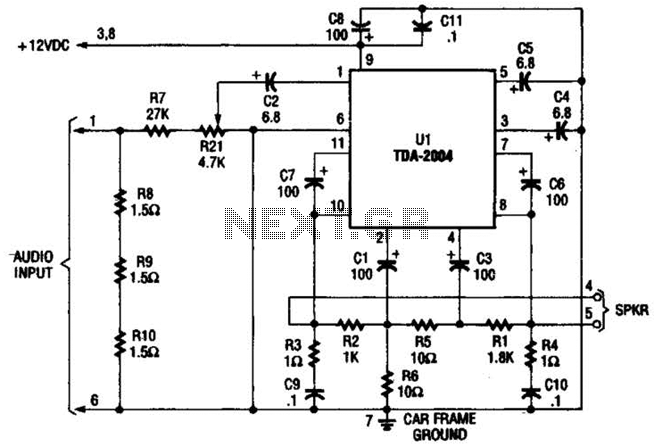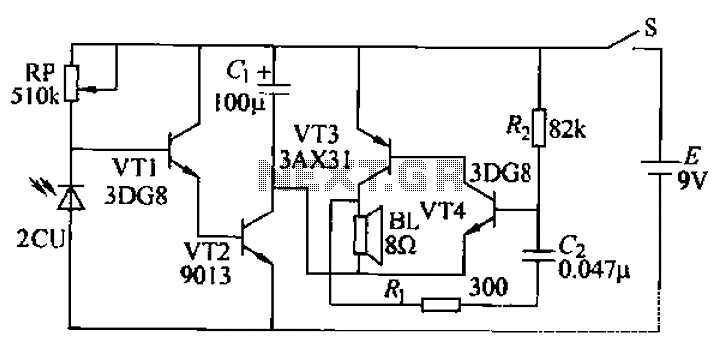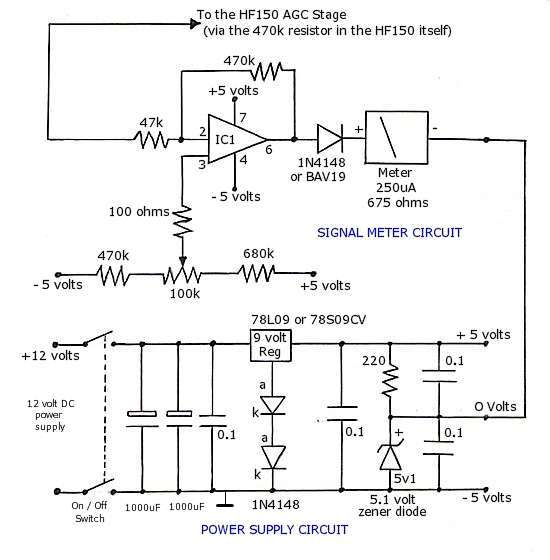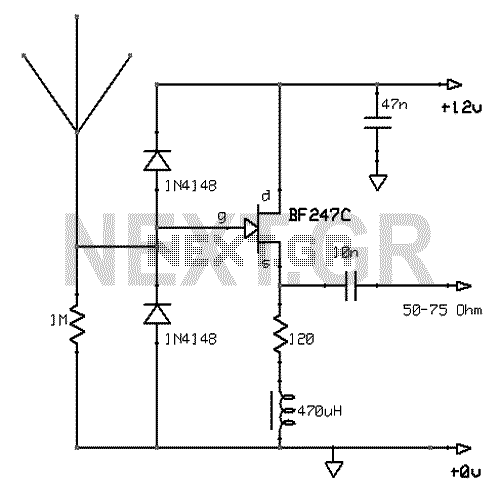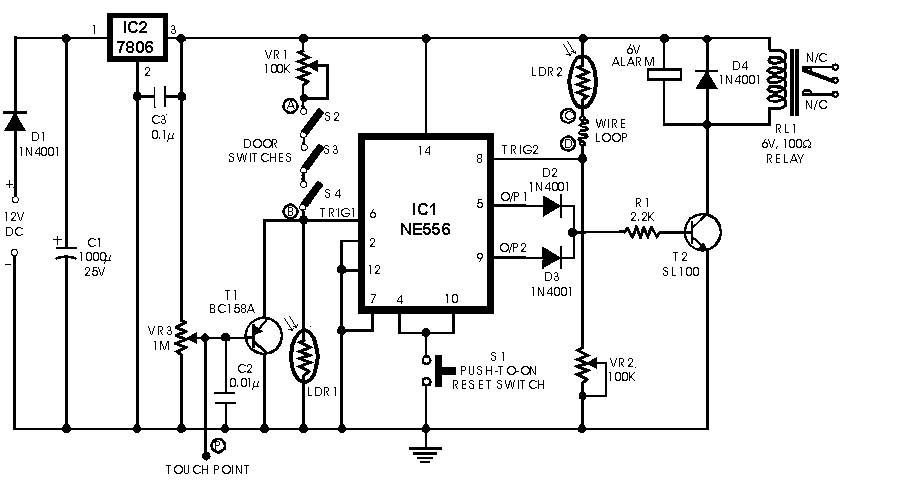
Variable Bandpass Audio Filter Circuit
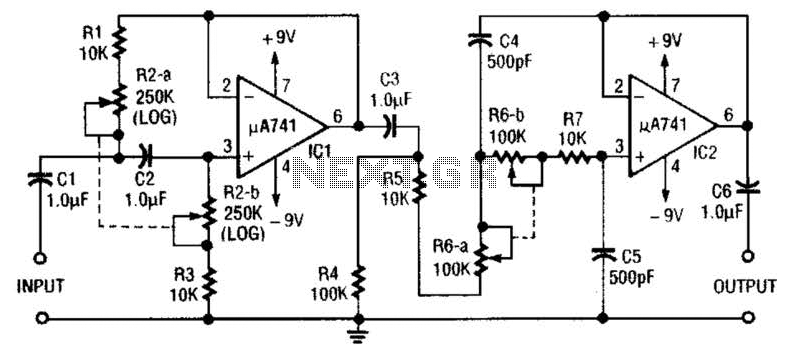
This circuit is a variable audio bandpass filter that features a low cutoff adjustable from approximately 25 Hz to 700 Hz and a high cutoff adjustable from 2.5 kHz to over 20 kHz. The roll-off is set at 12 dB/octave on both the high and low ends. R2-a-b and R6-a-b are ganged potentiometers used to set the lower and upper cutoff frequencies, respectively.
The described variable audio bandpass filter circuit utilizes two ganged potentiometers, R2-a-b and R6-a-b, to allow for precise control over the frequency response. The low cutoff frequency range from 25 Hz to 700 Hz is achieved by adjusting R2, which effectively determines the lower limit of the audio spectrum that will be allowed to pass through the filter. This is particularly useful in audio applications where it is necessary to eliminate low-frequency noise or rumble while preserving the desired audio signals.
Similarly, R6-a-b is responsible for adjusting the high cutoff frequency, which ranges from 2.5 kHz to over 20 kHz. This adjustment enables the filter to selectively allow higher frequency audio signals to pass while attenuating frequencies above the set threshold. The 12 dB/octave roll-off characteristic on both ends ensures a gradual decline in signal amplitude outside the designated frequency bands, preventing abrupt changes that could introduce distortion or unwanted artifacts into the audio signal.
In practical applications, this bandpass filter can be employed in various audio processing scenarios, such as in equalizers, synthesizers, and sound reinforcement systems, where control over specific frequency ranges is essential. The use of ganged potentiometers allows for simultaneous adjustment of both cutoff frequencies, maintaining the desired bandwidth of the filter while ensuring ease of use for the operator. The design can be further enhanced by incorporating additional components, such as operational amplifiers for buffering and gain control, or capacitors for fine-tuning the filter characteristics. Overall, this circuit represents a versatile solution for audio signal processing, enabling tailored frequency response for diverse applications. This circuit is a variable audio bandpass filter that has a low cutoff variable from about 25 Hz to 700 Hz and a high cutoff variable from 2.5 kHz to over 20 kHz. Rolloff is 12 dB/octave on both high and low ends. R2-a-b and R6-a-b are ganged potentiometers for setting lower and upper cutoff frequencies, respectively.
The described variable audio bandpass filter circuit utilizes two ganged potentiometers, R2-a-b and R6-a-b, to allow for precise control over the frequency response. The low cutoff frequency range from 25 Hz to 700 Hz is achieved by adjusting R2, which effectively determines the lower limit of the audio spectrum that will be allowed to pass through the filter. This is particularly useful in audio applications where it is necessary to eliminate low-frequency noise or rumble while preserving the desired audio signals.
Similarly, R6-a-b is responsible for adjusting the high cutoff frequency, which ranges from 2.5 kHz to over 20 kHz. This adjustment enables the filter to selectively allow higher frequency audio signals to pass while attenuating frequencies above the set threshold. The 12 dB/octave roll-off characteristic on both ends ensures a gradual decline in signal amplitude outside the designated frequency bands, preventing abrupt changes that could introduce distortion or unwanted artifacts into the audio signal.
In practical applications, this bandpass filter can be employed in various audio processing scenarios, such as in equalizers, synthesizers, and sound reinforcement systems, where control over specific frequency ranges is essential. The use of ganged potentiometers allows for simultaneous adjustment of both cutoff frequencies, maintaining the desired bandwidth of the filter while ensuring ease of use for the operator. The design can be further enhanced by incorporating additional components, such as operational amplifiers for buffering and gain control, or capacitors for fine-tuning the filter characteristics. Overall, this circuit represents a versatile solution for audio signal processing, enabling tailored frequency response for diverse applications. This circuit is a variable audio bandpass filter that has a low cutoff variable from about 25 Hz to 700 Hz and a high cutoff variable from 2.5 kHz to over 20 kHz. Rolloff is 12 dB/octave on both high and low ends. R2-a-b and R6-a-b are ganged potentiometers for setting lower and upper cutoff frequencies, respectively.

